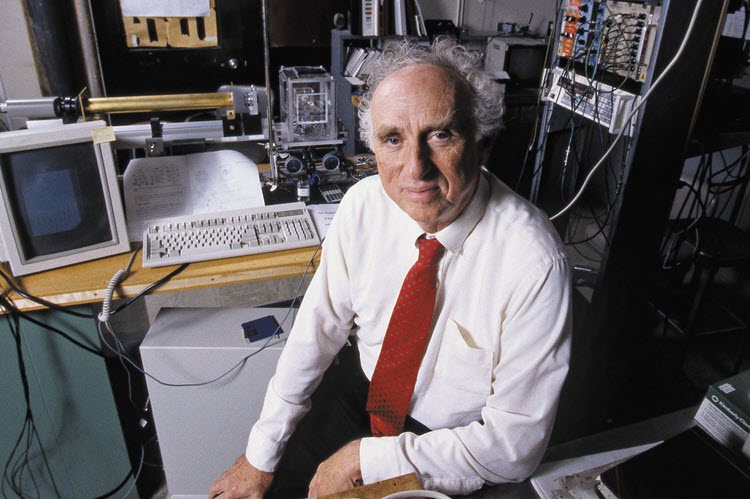Martin Lewis Perl (24 June 1927 – 30 September 2014) was an accomplished American physicist who made significant contributions to the field of particle physics.
Life and Career
He was born on 24 June 1927, in New York City. He excelled academically and went on to attend the Polytechnic Institute of Brooklyn, where he earned his Bachelor of Science degree in chemical engineering.
He pursued further education at Columbia University. In 1955, he obtained his Ph.D. in physics under the guidance of Professor Isidor Isaac Rabi. This marked the beginning of a remarkable career that would shape the world of particle physics.
After completing his doctoral studies, he joined the faculty of the University of Michigan. He conducted research on high-energy physics and became increasingly involved in experiments that aimed to unravel the mysteries of the subatomic realm. Perl’s dedication and analytical prowess quickly earned him recognition within the scientific community.
In the late 1960s, Perl embarked on a groundbreaking experiment at the Stanford Linear Accelerator Center (SLAC) in California. Along with his colleagues, Perl sought to investigate the existence of a new type of subatomic particle. In 1975, after years of meticulous research and data analysis, Perl made an astonishing discovery. He identified a particle with a mass greater than that of an electron, which he named the tau lepton.
Perl’s discovery of the tau lepton was a monumental breakthrough in particle physics. The tau lepton, along with the previously discovered electron and muon, completed the “lepton triplet,” providing crucial insights into the fundamental building blocks of the universe.
His contributions extended beyond the discovery of the Tau Lepton. His research and experiments significantly advanced our understanding of the fundamental forces and particles that govern the universe. Perl’s work shed light on topics such as weak interactions, neutrino properties, and the behavior of subatomic particles at high energies.
He died on 30 September 2014, in California, United States.
Award and Legacy
In 1982, he was awarded the Nobel Prize in Physics for his discovery of the tau lepton.
His contributions to the field of particle physics have left a legacy that continues to impact scientific research and our understanding of the fundamental building blocks of the universe. His discoveries and achievements have earned him recognition and accolades, cementing his place in scientific history.

